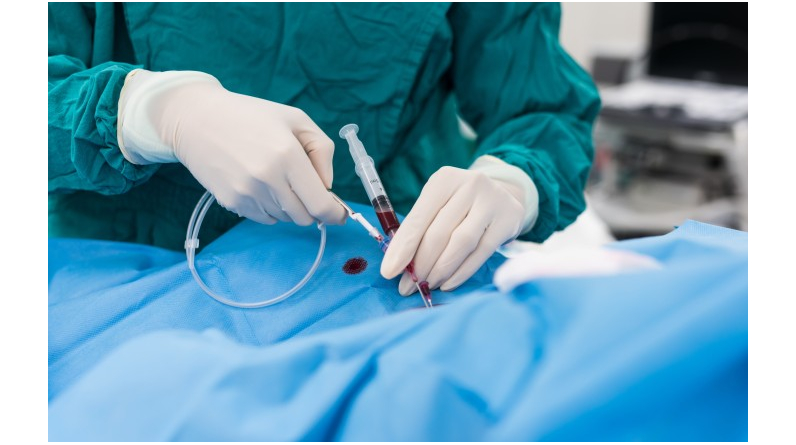Clinical trials of a new fiber-optic heart disease diagnostic tool have begun at London’s St. Bartholomew’s Hospital.
iKOr is a device that was created by researchers at Barts Health and University College London to assess how blood is flowing around the heart. Thousands of people experience cardiovascular symptoms like chest pain, but the underlying cause is unknown using current diagnostic methods, and researchers say this could change.
According to Anthony Mathur
Clinical director for interventional cardiology at Barts, “this new device is a game-changer in how we manage heart disease, making it a lot easier to assess the health of a person’s heart.”
Only three patients have undergone the new iKOr procedure so far, but it has proven to be effective in locating microvasculature issues. These tiny blood vessels are difficult to see on the angiograms typically used by cardiologists to image the larger arteries in the heart.
The procedure “was a strange feeling but not uncomfortable,” one of the three pioneers, Margaret Green, 75, told the Financial Times. She has angina and has to work hard to breathe.
“Right now I’m in fantastic shape. Green continued, “I was diagnosed with microvascular disease, which was something I had never even considered before.” “It’s fantastic that the NHS is funding this study.”
When diagnosed
The narrowing and thickening of the blood vessels caused by microvascular disease can be treated with drugs that would not otherwise be prescribed.
The iKOr device has a 0.2mm wide temperature and pressure sensor, which is threaded through the patient’s blood vessels on an ultra-thin catheter, making it twice as thin as a human hair.
It warms the blood by about one degree upstream of the vessels under investigation, allowing the device to measure the flow rate around the heart.
By measuring how long it takes for the temperature to shift downstream, the sensor can ascertain whether or not the pipes have become constricted.
This fibre optic sensing technology was developed by physicists and engineers in the medical field at University College London. Echopoint Medical was founded in 2019 to commercialise the technology alongside Barts.
Also Read : New fibre optic technology successfully used to diagnose the first heart patients
Echopoint’s chief medical officer and consultant cardiologist at Barts, Malcolm Finlay, also noted that the spinout company had raised a total of £2.3mn from Albion Capital and Parkwalk in equity funding and £1.8mn in grants from the government agency Innovate UK.
Finlay remarked that the results proved the concrete good that came from the partnership between NHS hospitals and universities. It’s a perfect illustration of why the NHS needs to invest in research.
By the end of May, we should have completed the first phase of clinical testing, which will involve 10 patients. After that, Finlay said, a larger trial with 100 patients is planned, pending approval from the appropriate authorities.
He predicted that within three years, the device would be widely available in the NHS. After that, Echopoint will export the system.
Finlay said the procedure would only slightly increase the cost of a regular angiogram, and that “we believe that savings from individualised diagnosis of patients will vastly offset any costs associated with using the device.”
Microvascular disease is more common in women than in men, so this technology has the potential to help hundreds of thousands of people every year.
In a statement, University of Glasgow professor of cardiology and imaging Colin Berry, who was not involved in the UCL/Barts study, said, “It could provide clinicians with a simpler and quicker way to diagnose microvascular angina.”

